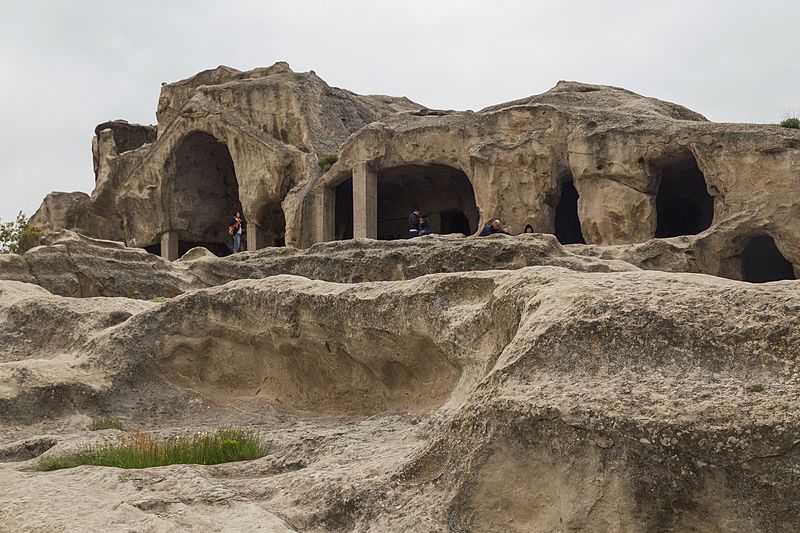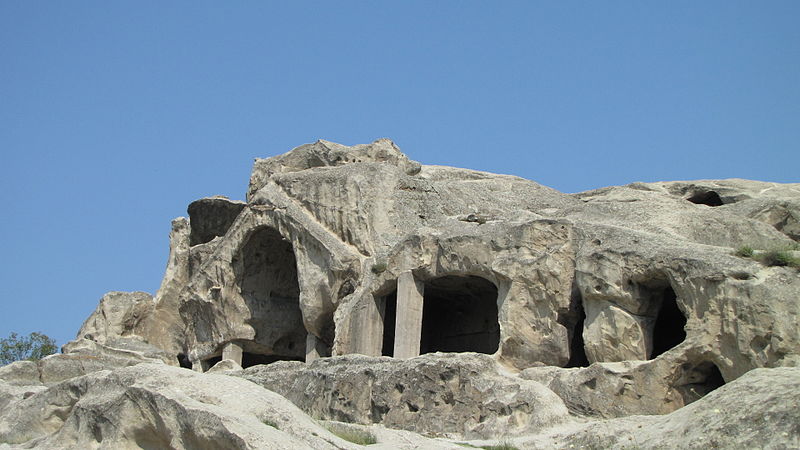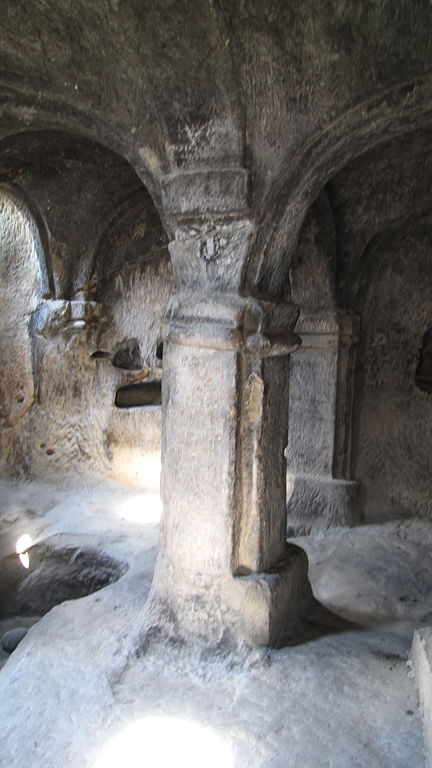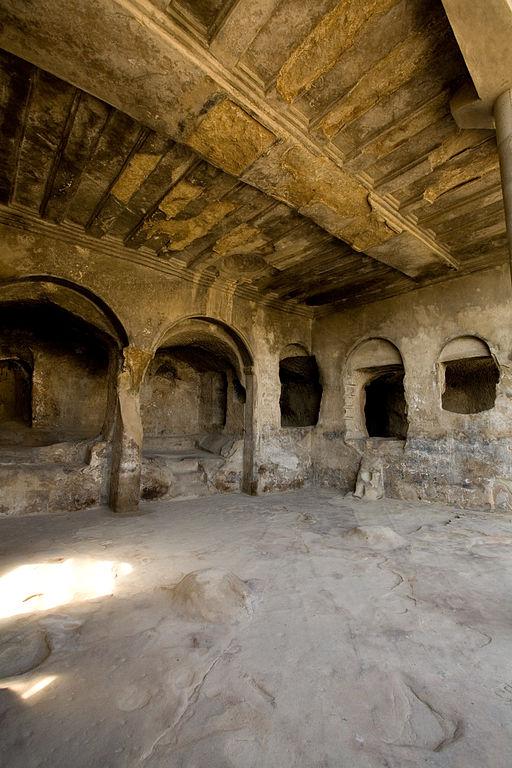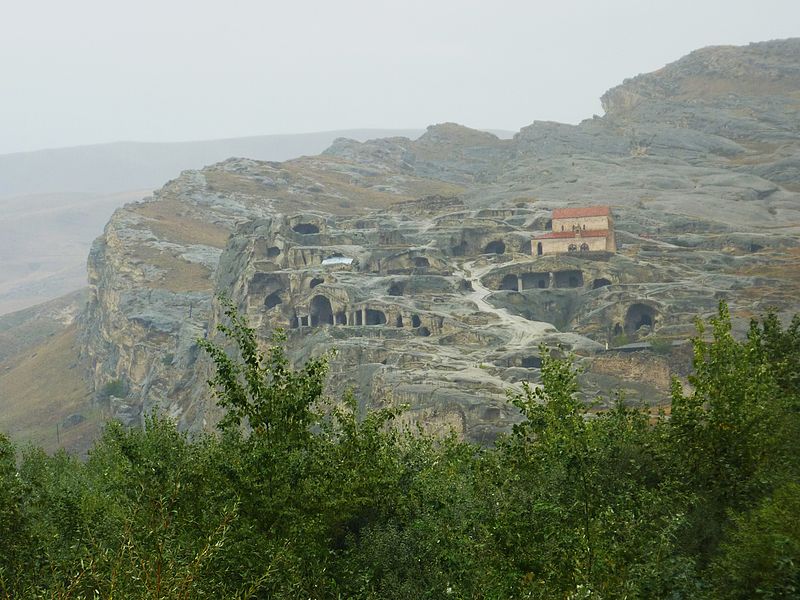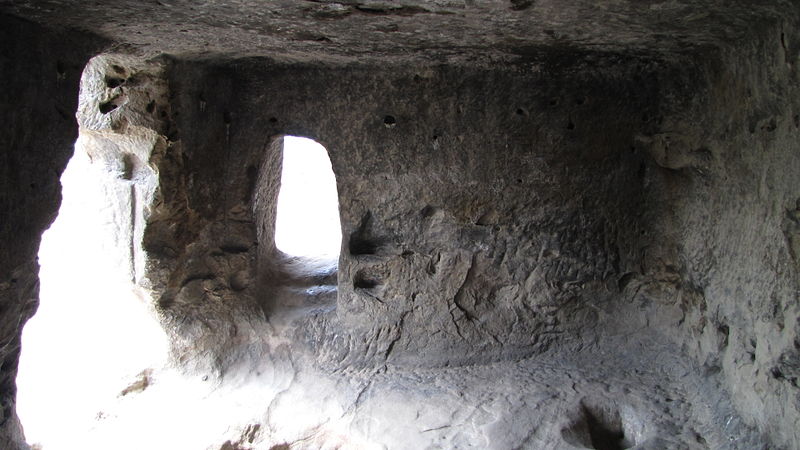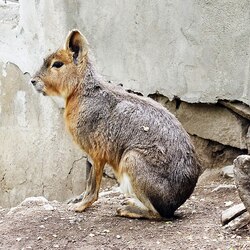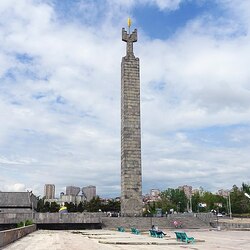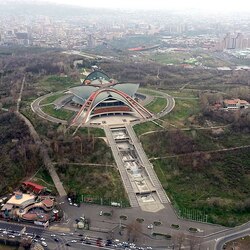Uplistsikhe
Uplistsikhe is one of the most ancient cave cities in the world, located in Georgia near the town of Gori. The name means "God's Fortress" in Georgian.
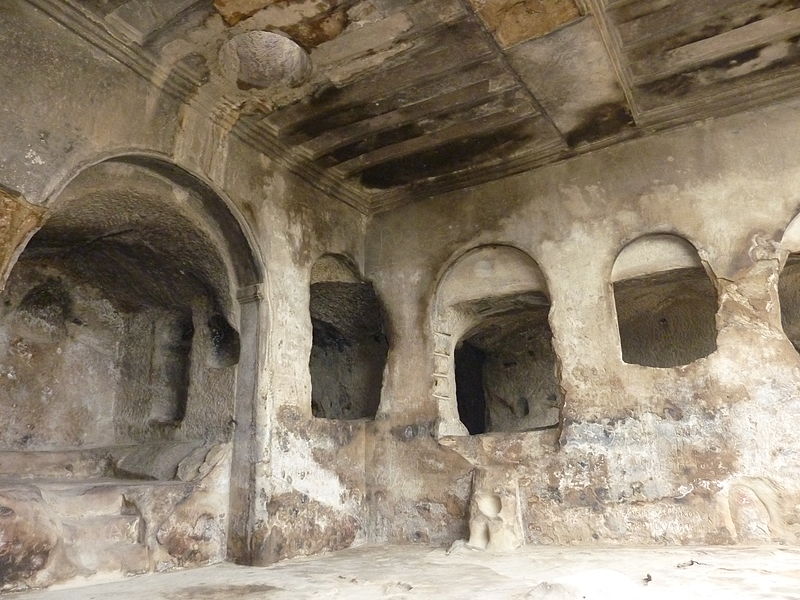
According to researchers, there was a large settlement on Katlanishevi hill near Uplistsikhe, but due to a severe fire, the inhabitants also left it. Those who remained founded a new city in the mountains around 2000 BC. Uplistsikhe experienced several ups and downs, but in the 19th century it was completely abandoned by the inhabitants. Today, the cave complex is an important monument of Georgian architecture. At the best of times, there were over 700 caves in the city, but only 150 have survived to this day.
Archaeological excavations indicate that the caves are used for religious purposes. Ruins of temples, animal sacrifice pits, and statuettes of pagan gods were found. In ancient times, pagan gods were worshipped here, and the most important temple was the Temple of the Sun, which was destroyed in 337, when Christianity came to Georgia. There were also Hellenistic temples in the cave city, among them the Makvliani temple with an area of about 300 m2 is worth noting. But with the advent of Christianity, almost all pagan temples and temples were rebuilt into Christian churches. In addition to temples, you can see living quarters, wells, city gates, wine storerooms, and drains. In places where there was no natural barrier, ditches were dug and walls were erected.

The architectural elements in Uplistsikhe are not similar to the architecture found in the Caucasus. In the thickness of the rocks, the builders tried to recreate the shape of wooden beams, decorated walls and columns. The cave city is similar in architecture to Petra, which was also built when Greek culture flourished in the Middle East after the conquests of Alexander the Great. There are no natural caves in Uplistsikhe, all were built manually using the nitpicking method. First, a room was hollowed out in the rock, then the walls and columns were lapped with water and an abrasive stone, giving them the desired shape. This method not only made it possible to achieve the required shape of the walls, but also strengthened them by applying a protective layer to fragile sandy rocks. But nothing lasts forever, the cave city is currently in a deplorable state due to soil erosion and seismic activity in the region.
